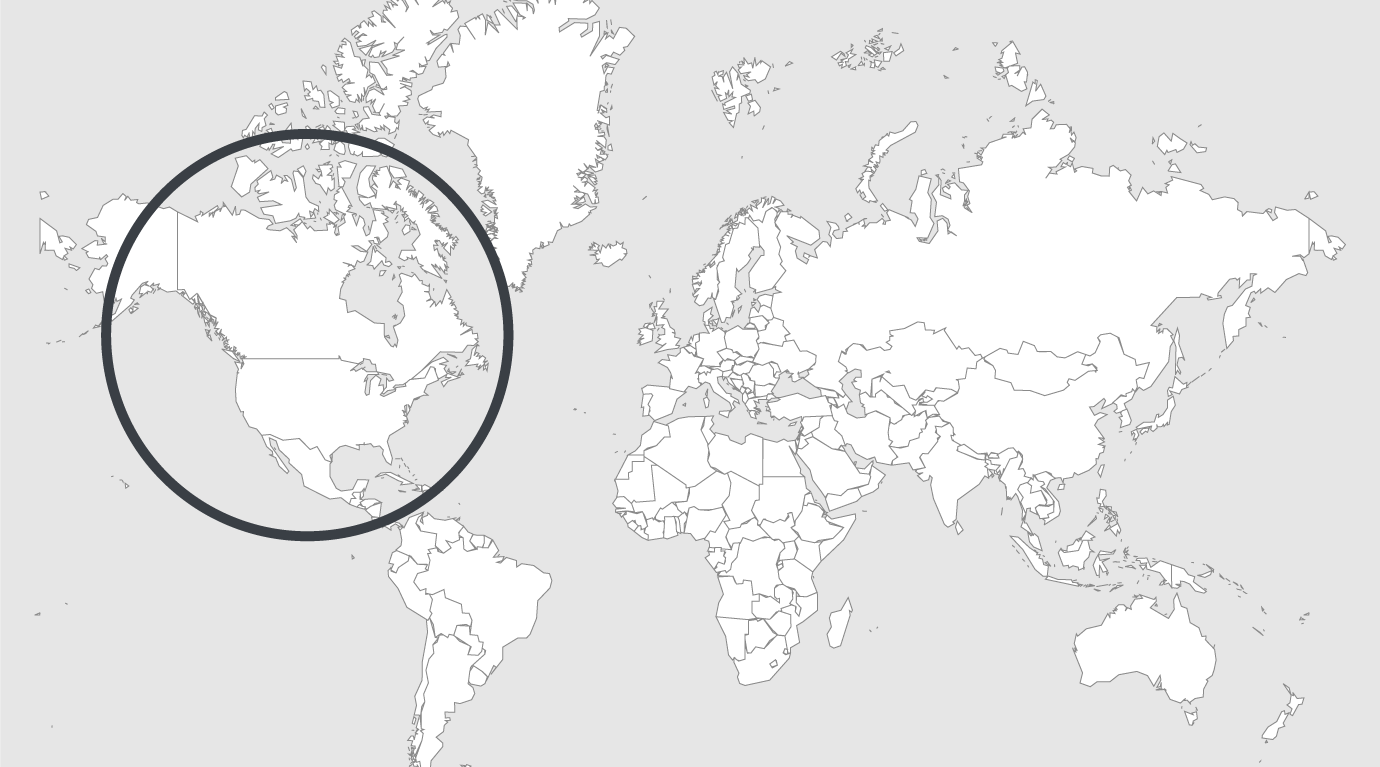
Explore
USA: in Alabama prison reveal horrific conditions and abuse
A trove of photographs depicting brutalized and murdered prisoners in Alabama’s St. Clair Correctional Facility has thrust the treatment of our nation’s 2.3 million incarcerated people into public view. The first horror is what these people have endured in prison. The second horror is that while shocking, it is not a surprise.
As a lawyer who has represented prisoners for more than two decades, I have come to expect such violence and degradation of human beings held in appalling conditions like those seen in these photos. The only thing that’s unusual is that, for a brief moment at least, the curtain has been pulled aside and the everyday brutality of our prisons laid bare for all to see.
Transparency is like daylight — applied directly, it can be a disinfectant. And to protect the health and lives of incarcerated people across our country we need full transparency of how they are treated.
That is not the case currently. Prisons are closed institutions, literally walled off from public view. To some extent, this is unavoidable and understandable. While journalists and members of the public can freely wander into the Department of Motor Vehicles, in prisons safety and security considerations preclude similarly unfettered access. Those same considerations require some monitoring and control of communications between prisoners and the outside world.
But to a large extent, the hidden nature of U.S. prisons represents a deliberate policy choice — one that is unique among the democracies we think of as our peer nations.
Many countries have an independent national agency that monitors prison conditions and enforces minimal standards of health, safety, and humane treatment. In Great Britain, Her Majesty’s Inspectorate of Prisons has the power to conduct unannounced inspections of all prisons; a similar agency operates in Canada. In countries that have ratified the Optional Protocol to the Convention Against Torture (OPCAT), prison monitoring by a national oversight body is supplemented by periodic visits by the United Nations Subcommittee on Prevention of Torture.
By contrast, the United States has no independent national agency that monitors prison conditions. The U.S. also has not ratified OPCAT or any other treaty that would provide for outside monitoring. The bipartisan Commission on Safety and Abuse in America’s Prisons concluded that “few [U.S] states have monitoring systems that operate outside state and local departments of corrections, and the few systems that do exist are generally underresourced and lacking in real power.”
Perhaps for this reason, the main vehicle for oversight of conditions in U.S. prisons has been the federal courts. Litigation can permeate prison walls and allow us into the housing units and the solitary confinement cells where prisoners live and die. It allows us to review videos and records otherwise shielded from public view. It allows us to compel prison officials to testify publicly and under oath.
But the federal courts’ oversight role has been sharply limited by the 1996 Prison Litigation Reform Act (PLRA). The PLRA subjects lawsuits brought by prisoners in the federal courts to a host of burdens and restrictions that apply to no other litigants. Consequently, there has been a significant decline in judicial oversight of prison conditions. Between 1995 and 2000 alone, the number of states with fewer than 10 percent of their prison populations under court supervision more than doubled, from 12 to 28.
Read full article
